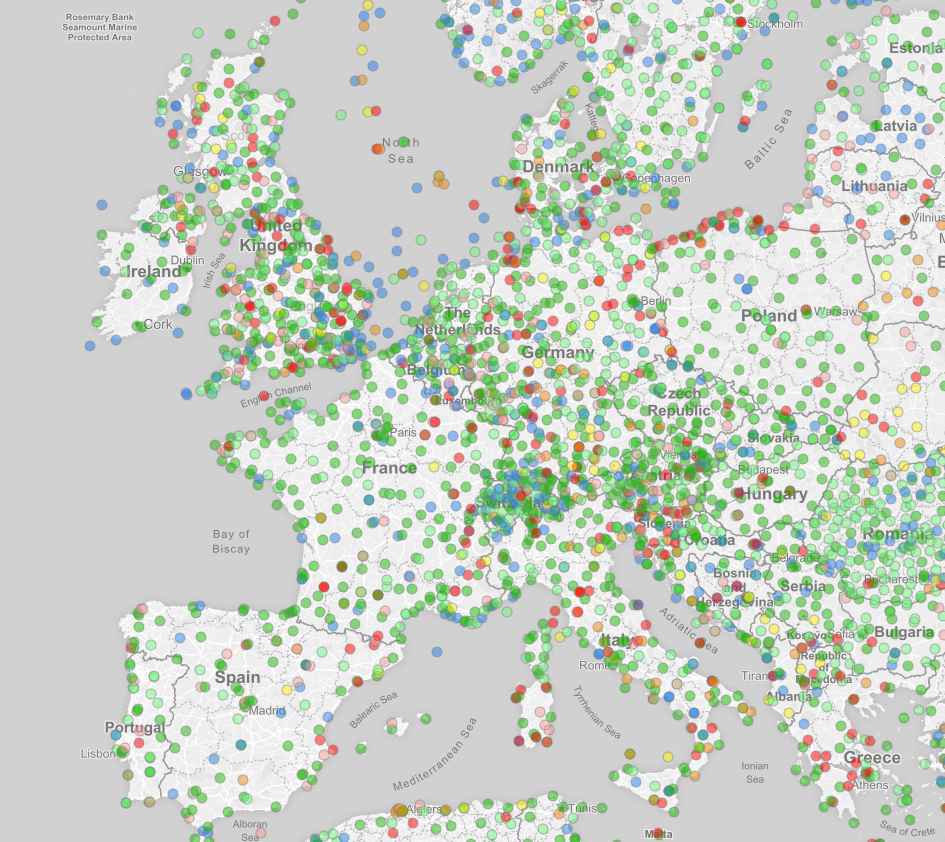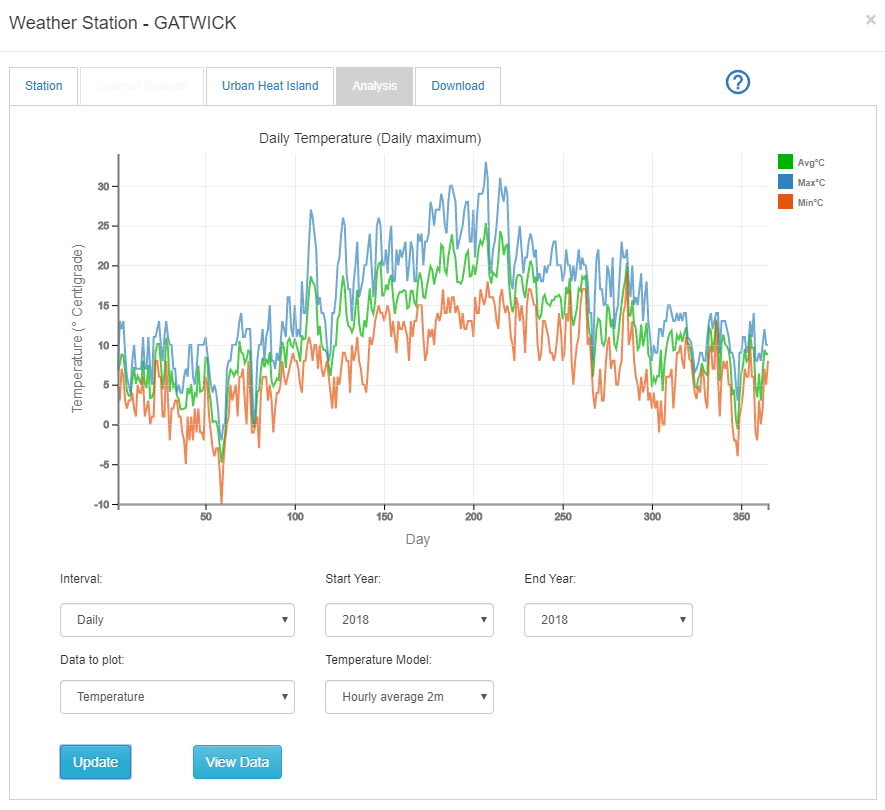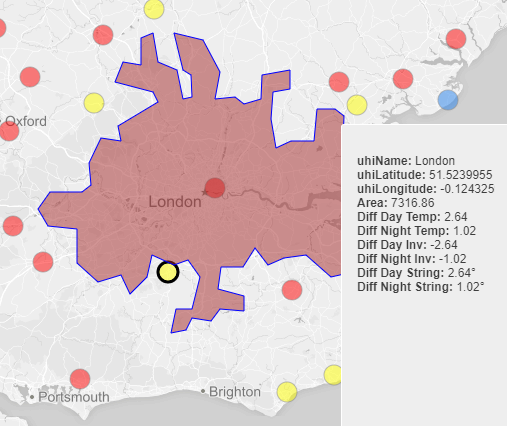|
Weather and Climate Data for Building Performance Simulation
|
|||||
|
Site weather data is an essential input for building energy, comfort and daylighting simulations, providing the key environmental conditions needed to drive the calculations. Until recently most weather data used in building simulations has been based purely on historic readings and has only been available for scattered locations. But as greater emphasis is placed on design for optimal performance, using realistic weather data specific to the project site and selected for the intended design purpose is now an integral part of the simulation process. And as climate change increasingly influences the building performance agenda, using traditional Typical Year weather data for designing tomorrow's buildings that need to perform well in future climatic conditions is no longer an option.
Climate Analytics can help by providing you with access to a vast database of accurately measured weather data with options to support all types of building performance simulation including Typical year, Actual Year and Design year weather files. With access to these best practice weather data selection tools you will have full confidence in the climatic inputs to your building performance calculations.
|
|||||
|
|||||
|
Hourly weather data for building performance simulation can be broken into three main classes depending on the intended application:
All 3 types of hourly weather data can be accessed from Climate Analytics. |
|||||
|
Typical Years |
Design Years |
Actual Years |
| Compliance and Certification | Design Simulations |
Post Occupancy M&V Studies |
|
|
|

|

|


